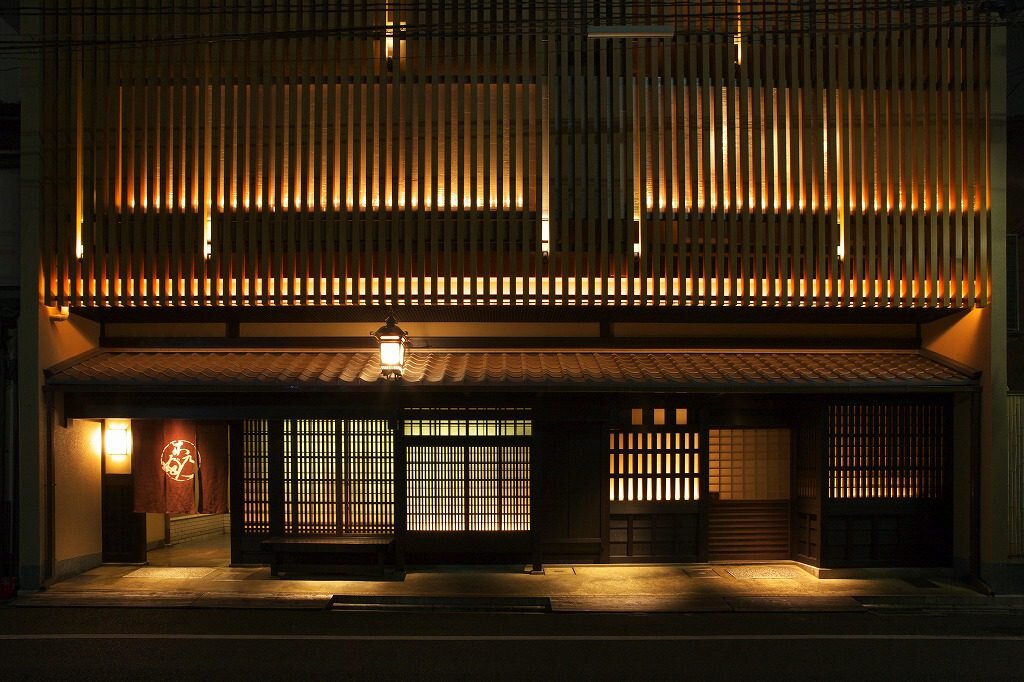
Complete Structures
Complete Structures
Temple and Entry Gates - 門
Tea Ceremony Houses - 茶屋
Rural Residences - 古民家
City Style Residences - 町家
Thatched Roof Residences - かやぶき民家
Sake Breweries - 酒蔵
Store Houses - 蔵
Japan’s countryside is dotted with the legacy of its deep architectural inheritance. Sadly, many of these once lavish buildings are underutilized by the families they have served for so many generations—mostly due to depopulation and urban migration trends. As these old-style buildings aren’t practical in large urban centers like Tokyo, many of these priceless gems built with rare or extinct materials and skills have been left dormant until their recent rediscovery.
It is Kyoto Trove’s mission to breathe new life into these building-sized monuments of craft artisanship by using our team of skilled craftsmen to carefully disassemble, relocate, rebuild and repurpose them to modern, comfortable specifications.
Our clients enjoy the exquisite artisanship of an irreplaceable structure and the unique story each one brings with it, without compromising on the modern amenities that residents expect.
Our team has has experience converting dozens of these beautiful legacy buildings into private residences, cafe’s , bars, restaurants and hotels both within Japan and internationally.
Gates
— 門
Gates are considered sacred barriers which keep spaces pure and peaceful, preserving the spirit of “wa” or “harmony” of a protected area. Historically, these types of gates were only available to temples, shrines, castles or elite residences of Samurai or aristogcratic classes. At Kyoto Trove we are able to carefully disassemble these ancient artifacts and deliver them to serve a new life in another capacity.
Many gates are priceless artifacts of a historic era and feature the best of artisan building techniques in a self-contained structure. The size of gates available ranges from small and basic-back yard sized to large temple entrance gates.
Chaya Tea Houses — 茶屋
Authentic Tea Ceremony requires it’s own dedicated space to provide a relaxed atmosphere where one can encounter the “Wa” of this ancient tradition. Tea Houses may be free standing or a separate structure within a building. While authentically aged free-standing tea houses are rare (due to their necessarily fragile construction), old indoor tea houses are not an infrequent feature of other old structures such as old Sake Breweries which our team at Kyoto Trove has restored in the past.
Ranging from 50 to 300 years old, the buildings in our network are artifacts of Japanese traditional craft work; many are made from extinct or rare materials and skills.
Minka Residences — 古民家
Minka Residences are spacious buildings, hand built with the help of an entire village over the course of a year or more. Hand made and painstakingly chiseled with Japanese Joinery techniques, Minka are priceless artifacts of Japanese culture and date back to a time before samurai or feudal lords. The style of Minka pictured is “Minka v2.0” which superseded the original thatch-roved versions. Minka of this sort are frequently made with rare or extinct materials and most cannot be replicated due to the extinction of specialized skills used in the construction of such buildings.
Modern uses: private residences, cafes, restaurants, hotels
Kura Store Houses — 蔵
Kura Store Houses, were used as a giant safe which would store and protect any valuables from musical instruments and family treasures to sake and rice. They feature a double-wall construction; one of mud to stabilize the temperature and protect from fires which would frequently ravage old-Japan, and one to protect the building from the elements.
Specialties: thick mud walls stabilize the indoor temperature for supreme temperature and sound insulation.
Modern applications: hotels, music venues (mud walls have exceptional sound dampening qualities), recording studios, residences.
Built by an entire village over the course of a year—from the felling of trees on a full moon, to the intricate detail of hand chiseling Joinery—each building is an irreplaceable artifact of Japanese history.
Sakagura Sake Breweries — 酒蔵
The domestic decline of the Sake industry in the last 100 years has lead to many breweries of antiquity to shut its doors leaving beautiful buildings and a deep history in its wake. Sake breweries are frequently combinations of store houses (Kura), store fronts (Tempo) and residences (Minka) are are usually lavishly built with high quality materials.
Modern uses: Restaurants, hotels and residences
Tempo Store Fronts— 店舗
Store Front buildings date to a time when urbanization was getting popular and building requirements called for a more efficient use of space—such as adding a second floor. The 1st floor was frequently used as a store front and the 2nd floor as a residence. The 1st floor usually has big sliding doors that can open up the space and allow customers to easily enter.
Modern uses: store fronts, hotels, restaurants and residences
Our team will disassemble entire buildings, transport them to a new location, and repurpose them whatever specifications are required for a truly unique, irreplaceable build.
Thatch Roofed Residences — かやぶき民家
Thatch-roofed residences are the original village building for old-Japan and are frequently made from very rare and very old materials, with techniques and skills which have since gone extinct. Built by an entire village over the course of a year and made to last for many hundreds of years, many of these buildings are over 300 years old and will easily last for another 300.
Specialties: Many materials and skills used have gone extinct, leaving these buildings as standing artifacts of another time.
Modern applications: Hotels, residences.
Machiya Urban Residences — 町家
Urban residences date to a time when urbanization was gaining momentum and space and privacy were becoming normalized concerns. Compared to rural Minka, these Machiya are more compact and usually have two stories to save space. They have sliding doors with slats to promote privacy and are frequently made more practically than Minka.
Modern uses: Given the compact nature of Machiya, a building of this size continues to be more well suited to urban areas, for restaurants or residences.








